10 clever hacks used by WorldTour race mechanics
Tricks the mechanics use to keep riders' bikes ticking at the Tour Down Under
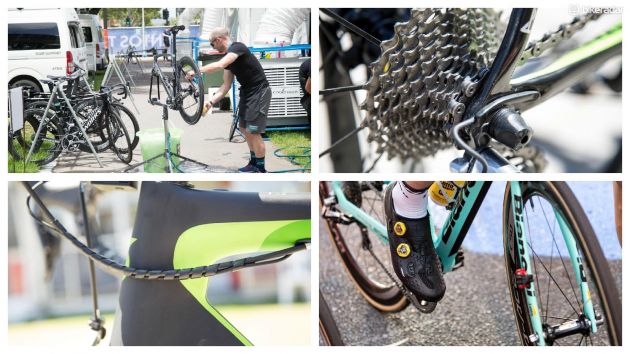

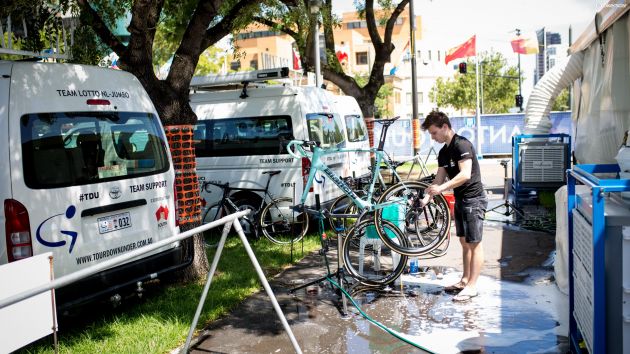
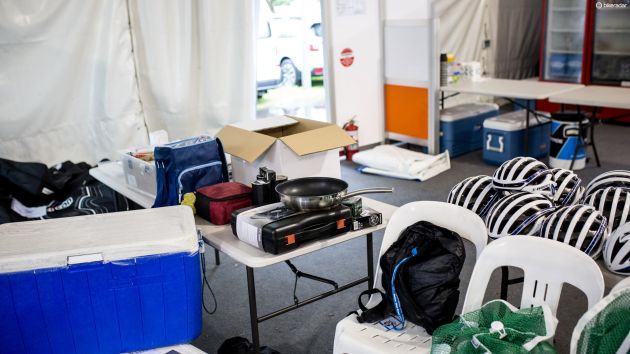

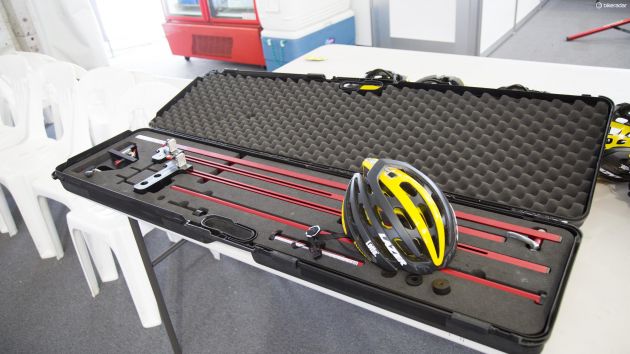
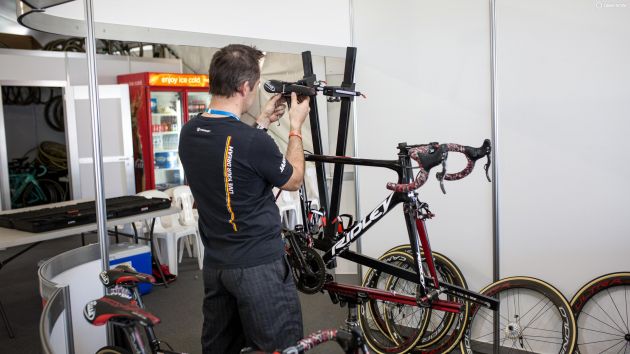
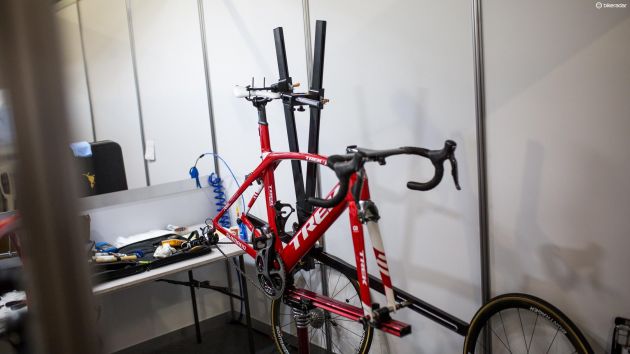

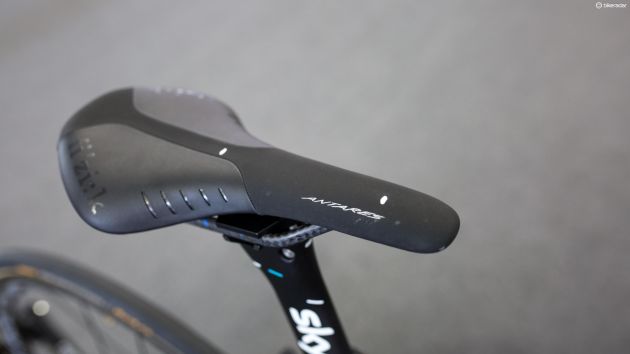
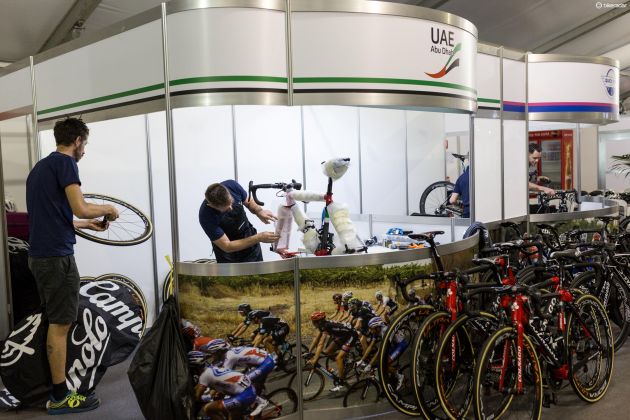
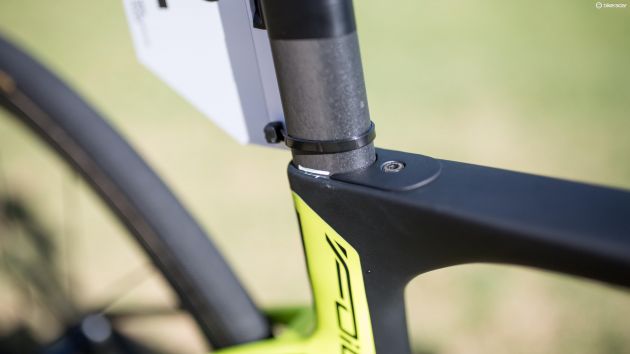
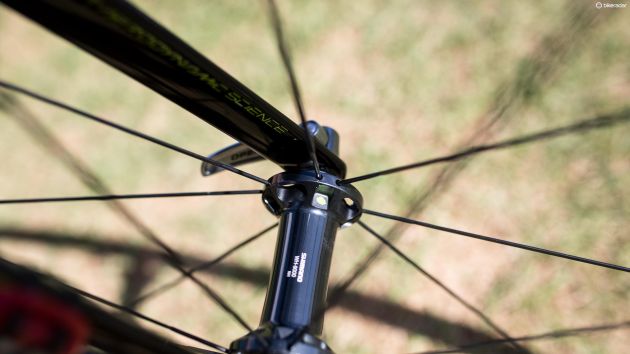

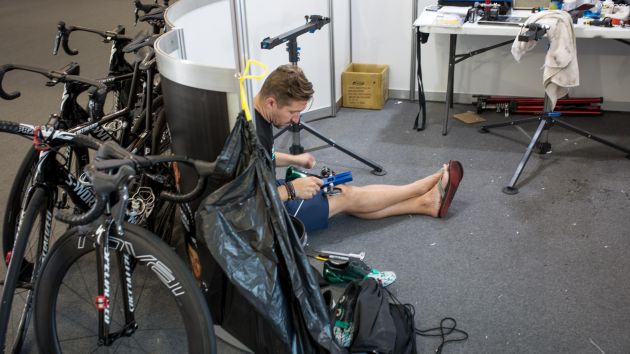
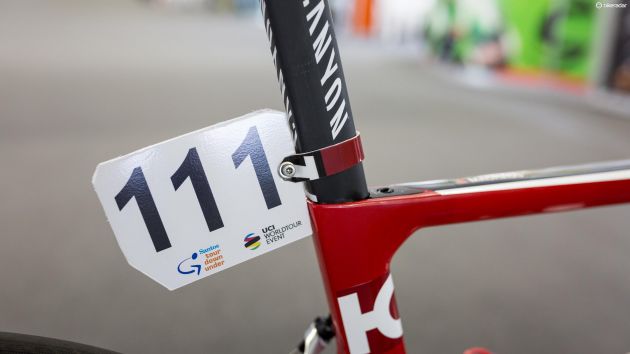
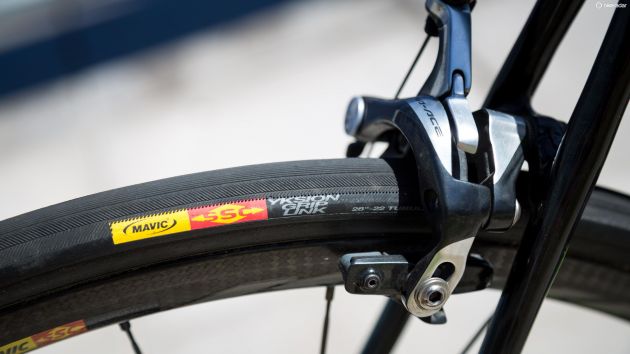

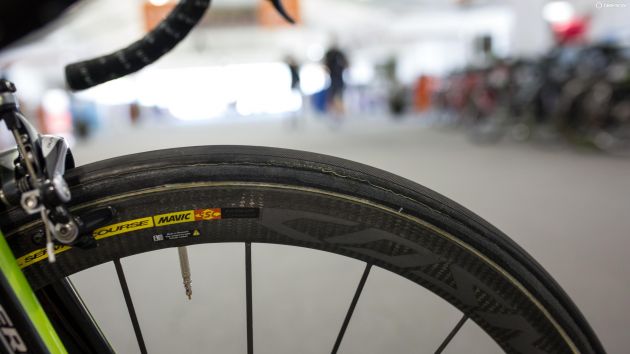
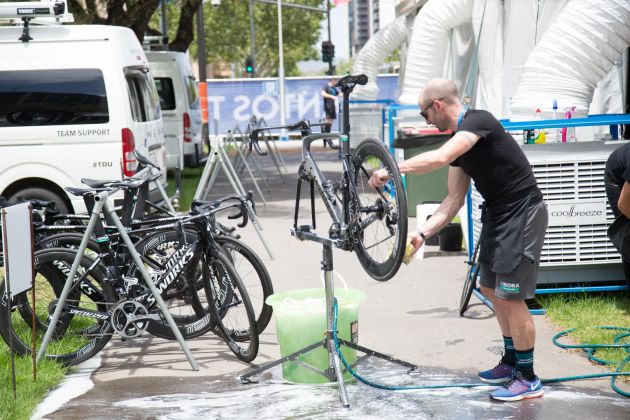

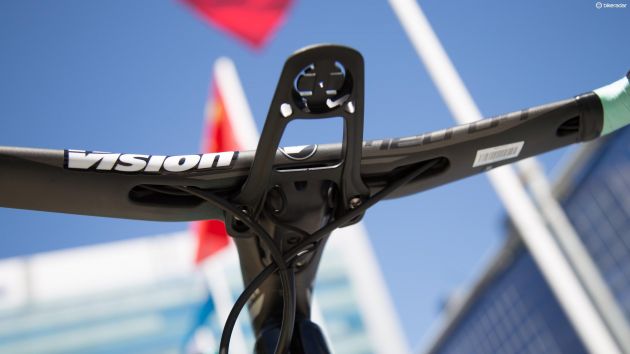
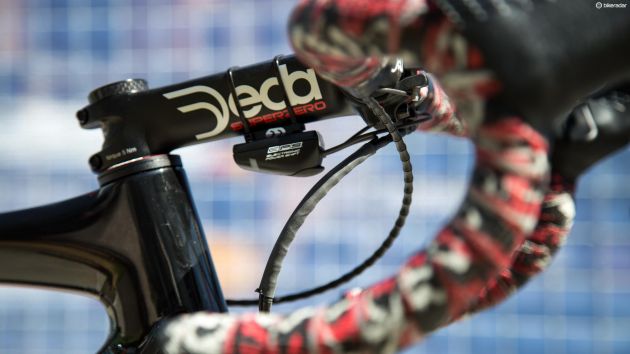



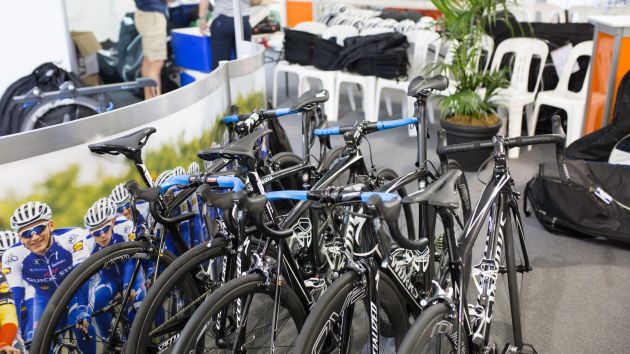
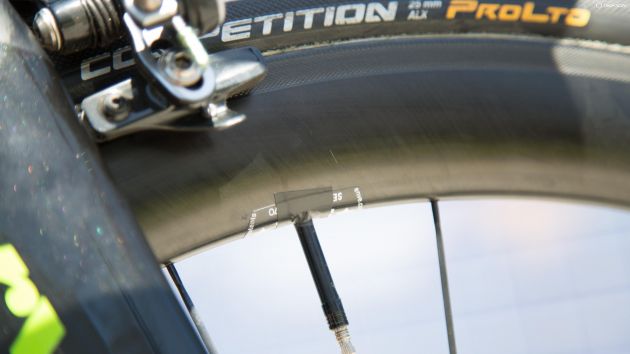
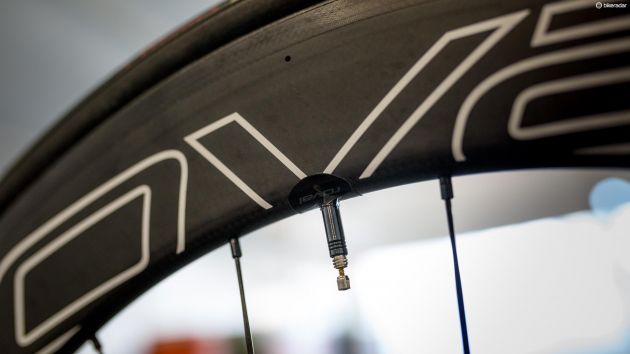

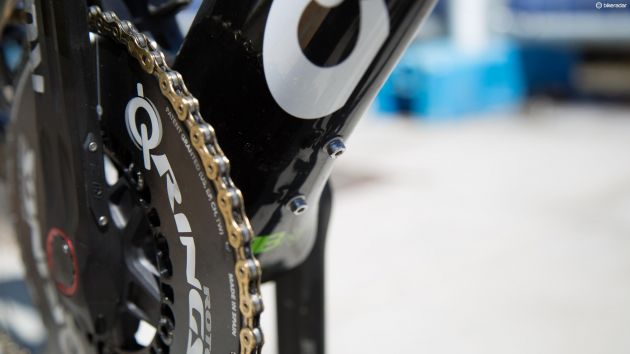
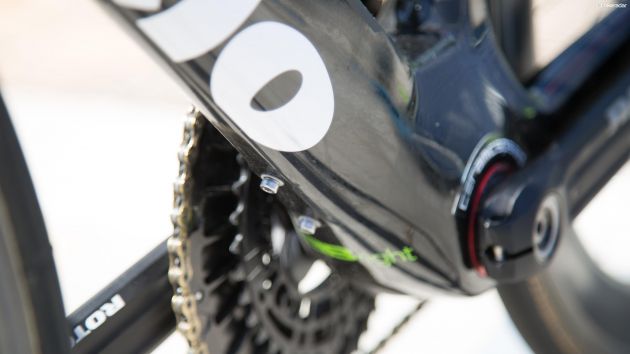
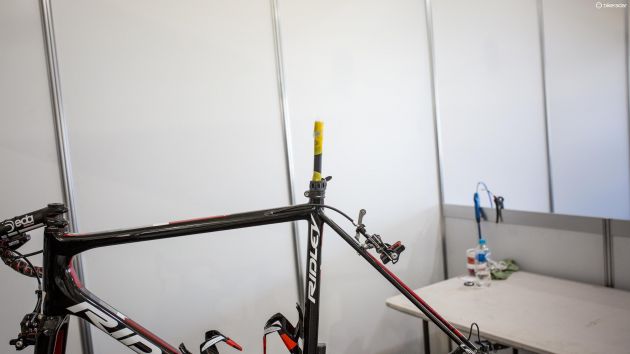


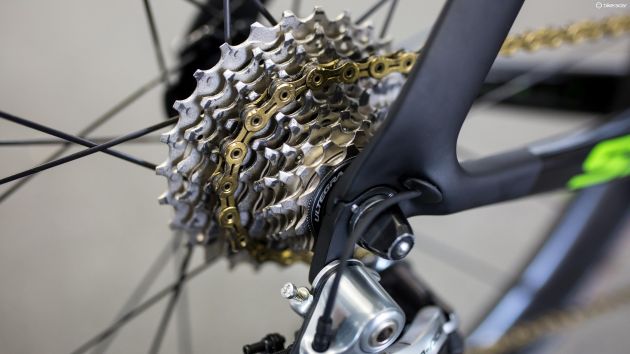
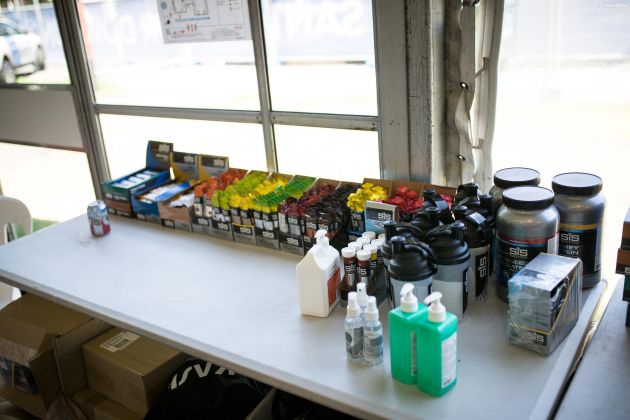
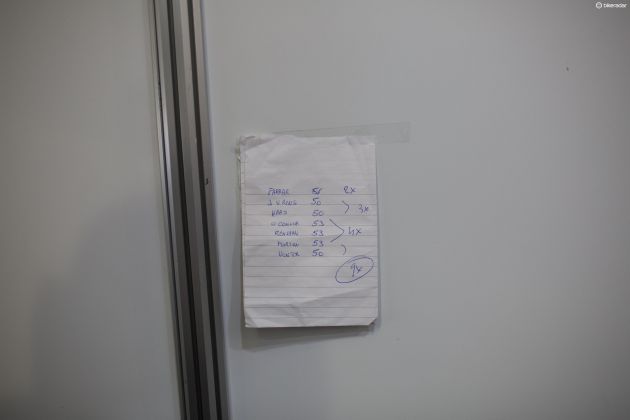
This article originally appeared on BikeRadar
Among the glitz and glamour of the WorldTour, the riders get all the glory for their on-road performances, but the mechanics are the true heroes. Without them, the bikes would likely fall into greasy disrepair.
Everything from last minute saddle height adjustments and glueing tires to cleaning up to nine bikes after a training ride in the rain, the wrenches are what keep the team going.
Not everything they do applies to the everyman: they clean bikes with power washers, sometimes in the process blowing the grease out of bottom brackets, wheel bearings and headsets — but they're going to have to overhaul or replace them before the end of the week anyway, so it's not a huge loss. They also cut into expensive gear, file, tape, drill, bend and melt if necessary to make the riders happy.
They are a clever bunch as well, often coming up with solutions to problems such as incompatible parts to keep sponsors happy and making their own jobs easier. They're pretty patient too with the bikes perpetually moving towards integrated this and hidden that.
So here are a few of the pro mechanic hacks we spotted at the Tour Down Under recently.
1. Shrink-wrapped cables
The latest race content, interviews, features, reviews and expert buying guides, direct to your inbox!
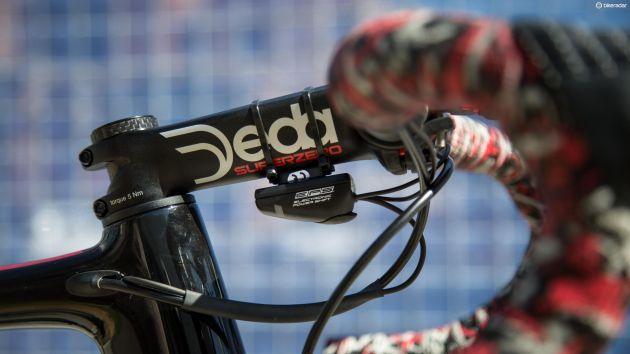
EPS cables shrink-wrapped to Jagwire Elite Link housing on the Lotto Soudal bikes
To prevent the rat's nest at the front of the bike, pretty much every bike we saw in Adelaide had its cables and Di2/EPS wires shrink-wrapped or taped together.
Not only does this make the bike look much neater, and prevent rattling to an extent, it also means there's one less thing to get snagged during a crash or a quick bike change.
2. Rattly tire valves

Rattly valves? Just use a bit of electrical tape
Taking a piece of electrical tape, piercing it with the valve stem and sticking it to the rim is a tried and true solution for rattly valve stems.
Sure, wheel and tire brands have purpose made stickers that do the same thing, and you could probably use a valve nut too, but a small piece of electrical tape is quicker, faster and looks cleaner than the alternatives — oh, and it works too.
3. Internal batteries
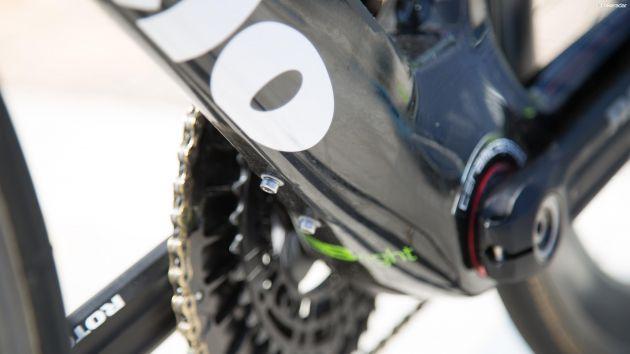
When we asked the Dimension Data mechanics about them, they said it's less of a hassle for them to tape the battery into the seat tube
If you’ve ever tried to route an internal shift cable or wire through a frame, or worse from the shifters through the handlebars, stem and then through the frame, you know it requires a lot of patience as well as the stars, moon and planets to all be in perfect alignment.
All the teams are running electronic drivetrains and internal batteries, but not all the frames accept them and some store them in an inconvenient place.
Case in point: Shimano’s internal race battery doesn’t fit inside the seatpost of Team Dimension Data’s Cervélo S5s. Cervélo does have a solution, which is to bolt the battery inside the downtube, but for the Dimension Data mechanics that creates a whole new headache. “We just tape the battery into the seat tube, that makes it way easier for us to get to it,” said Dimension Data mechanic Henk van Lijsdonk.

Lotto Soudal had a similar problem though its solution was a magnet on the end of a stick
Lotto Soudal has a similar problem with the EPS battery on the new Ridley Helium SLX, but its solution involves putting a big stick down the seat tube.
4. Ultegra cassettes
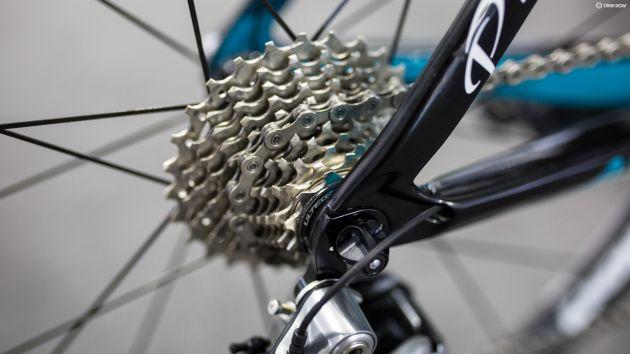
Luis León Sánchez of Astana ran an Ultegra cassette
Something many a bike shop has been preaching for years is the use of a Ultegra cassette in lieu of Dura-Ace. Many World Tour teams seem to have had the same idea and we spotted Ultegra cassettes on Dimension Data, Quick-Step, Astana and Cannondale-Drapac bikes to name a few.
They are considerably cheaper and shift just as well; the only downside is they are a touch heavier. However, with the UCI still enforcing the outdated 6.8kg minimum weight limit it serves as functional weight, rather than dropping chain links or fishing weights down the seat tube.
5. Storage lockers

A few of the teams used plastic bike boxes as shelving
At a stage race teams need a lot of stuff, from spare kits to cleaning and nutrition, and as you can see in the photo above, even toilet paper ― you know, just in case.
Especially at races like the Tour Down Under, where the teams don’t get the luxury of a team bus or local service course, and with all their gear stored in small cubicles keeping everything organised is a Herculean task in itself. While many of the teams transport their bikes in padded soft cases, provided by sponsors, a few teams brought their gear in the plastic Envirobox/Crateworks style travel boxes and used them as makeshift shelving in the pit.
6. Cleaning tips
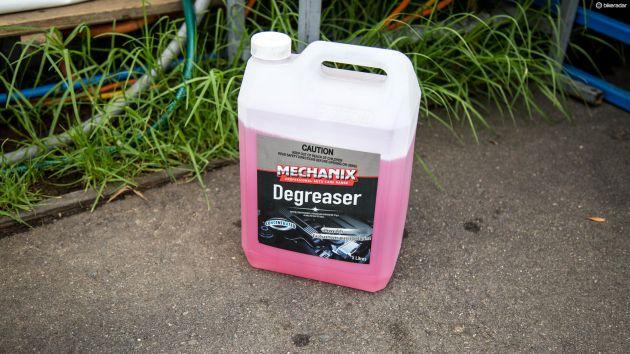
There were a few bottles of automotive degreaser getting around the pits and they weren't being used on the race convoy
The amount of work that goes into keeping the pro riders' bikes not only in working order, but also looking good, is massive. While the riders may go out for a six-hour training ride, the mechanics are hard at work prepping shoes and cleats, making bottles, glueing tires and so much more. Then, when the riders get back they’re overhauling bikes from top to bottom.
For these pro-wrenches, efficiency is key and if they wash the grease out of a bearing it’s not the end of the world because they were either going to have to replace or rebuild it anyway. Wandering the pits we didn’t see any power washers this year, but there was quite a bit of automotive degreaser lying around and being painted onto chains, cassettes and chainrings.
We also saw quite a bit of Windex at mechanics' workstations too.
7. Keeping the riders comfortable

Not everybody's feet fit in the sponsor provided shoes
Many teams like LottoNL-Jumbo, Bahrain Merida and Movistar have shoe sponsors, but riders' feet come in all shapes and sizes so not everyone can comfortably wear the shoes their sponsors provide.
Some teams opt for lightweight, sponsor-friendly lycra shoe covers to hide a rider's shoe of choice while others perform surgery. As you can see in the photo above, this LottoNL-Soudal rider's feet are too wide for the Shimano S-Phyres he is wearing, so to relieve some pressure the mechanics have made an incision to allow a bit of wiggle room for his toes.
8. Nailing the bike fit
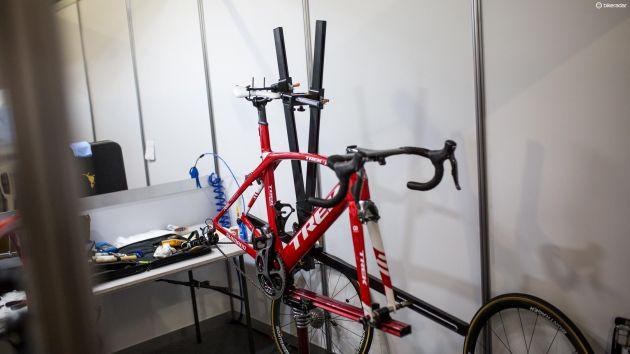
Using a jig to get the bike fit right
Pro Mechanics are forever trying to make their own lives easier and utilising tailor-made tools to do so, even when they have to pack light. Just about every team was using a fitting jig and cleat fitting tools, but even more prevalent was the use of paint markers and stickers.
Mechanics will mark everything from saddle heights and setbacks to wheelsets designated for particular riders, it’s something so simple yet saves mechanics a lot time over the course of a race.
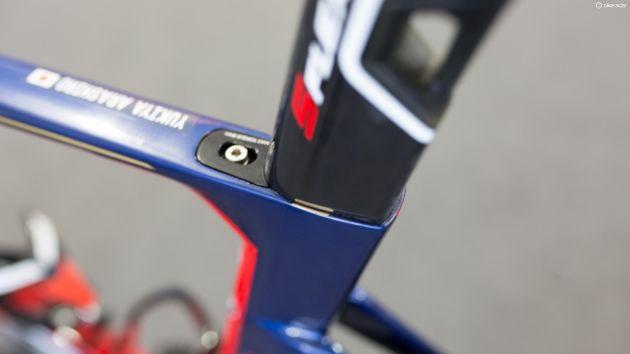
Of course the Bahrain Merida mechanics used a gold paint pen to mark Arashiro's saddle height
9. DIY number holders

The Katusha-Alpecin mechanics repurposed a water bottle into a number plate holder
There are plenty of brands out there that make CNC machined anodised aluminium number plate holders that weigh next to nothing and look super fancy on your bike, which is why this is probably my favourite pro mechanic hack from the Tour Down Under. The mechanics over at Katusha-Alpecin cut a section out of an old water bottle, wrapped it around the seatpost and put a bolt through to secure the number 111 to Tiago Machado's race bike.
10. Keep the sponsors happy
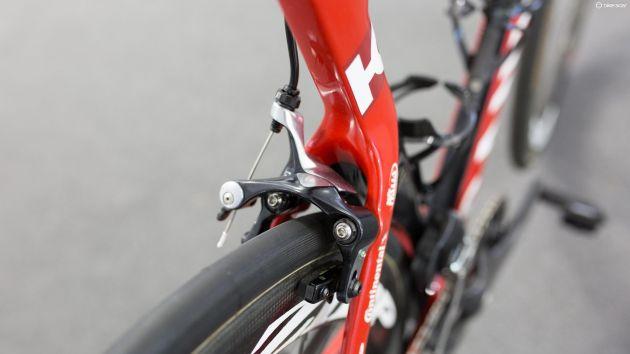
SRAM doesn't make a direct mount brake, so it had to debadge Dura-Ace calipers
Companies pay a lot of money to sponsor a cycling team, so as you can imagine they don’t want other brands plastered on riders' kit and bikes.
Teams using non-sponsor gear is nothing new, but it’s always impressive how good the pro mechanics are at removing branding from gear while still keeping it looking spick and span. There wasn’t much scrubbing, chopping or relabelling going on at this year’s Tour Down Under, but the most notable occurrence we spotted was aboard team Katusha-Alpecin's Canyon Aeroroad CF SLX.
This particular frame uses direct mount brakes, but the team is sponsored by SRAM, who at this point in time don’t make a direct mount calliper brake. Obviously, the riders need brakes and Canyon makes a disc version of this frame that SRAM brakes can be fitted to, but with the stigma surrounding disc brakes in the pro peloton that’s not an option just yet. The solution: to scrub the Dura-Ace off the BR-9010 caliper and hope that nosey journalists don’t notice.
For more handy work from World Tour Mechanics, check out the gallery above.